Accessibility in journalism is urgent
Chicas Poderosas hopes for a more representative, inclusive journalism that is finally able to celebrate diversities as a power.
In 2021, this hope was embraced at the speech level, and, in a way, “diversity” became a term present in many areas beyond journalism. We saw all sectors of society having to revise themselves, although we know that this discourse still does not indicate structural changes within journalism.
In Latin America, Indigenous people represent only 3% of newsroom employees. Trans or non-binary people do not reach even 1%. Across the world, 100 of the main media outlets have only 18% of their top editors who are non-white. This rigid power structure, composed of a white, colonial, and straight system, urgently needs to be transformed.
With another pandemic year behind us and no clear future of when it may end, the feeling of mental exhaustion is inevitable. We are experiencing the intensity of sensationalism and immediacy on the news media and digital platforms — the race for the news (and the clicks) and the spread of misinformation. The worsening of the economic crisis that affects everyone, but for vulnerable populations, the impact is much more significant.
We have seen the debate about mental health and self-care explode. We examined the impact of the unstoppable search for high performance, for super-productivity, for delivery at any cost. It is not possible to have a debate about the structural transformation of journalism toward a more inclusive and diverse workspace without reviewing leadership models and going deep on the debate about mental health, and self-care inside the media newsrooms in the world.
Chicas Poderosas continues to focus on telling stories about underrepresented people in the media and mainstream narratives. In our “Laboratorio de Historias Poderosas” series, we told 20 stories about how the pandemic crosses the lives of women and LGBTTQI+ people in Colombia, Ecuador, and Brazil. We looked for stories about real people who experience genuine social issues, each one in their own territory and frontier.
We were journalists, illustrators, photographers, rural women, storytellers, housemaids, anthropologists, young people from the hoods, lawyers, students, activists, writers, waste collectors, designers, people with disabilities, and videomakers, among others.
At the same time that new digital technologies explode around us, we could learn from a story about visually impaired teachers in Brazil who had their limitations amplified exponentially during the pandemic. Despite the will and awareness that the story should be published with all possible accessibility resources, this has not yet been possible: A simple resource such as audio description is not available in the main news organizations of the world. We must take advantage of new technologies in the name of inclusion; accessibility in journalism is urgent.
The debate about diversity and representation in feminism has been evolving and becoming more and more amplified. We no longer speak of feminism in the singular, but of feminisms, diversities, and pluralities. The understanding of privilege, colorism, and intersectionality are indispensable to ensure a more inclusive 2022.
The ones who have identified and put these lessons into practice are the so-called marginalized communities, those who have been or still are excluded from spaces of visibility and equal access to opportunities of all kinds. It is the social movements, the Black, indigenous, LGBTTQI+ and community initiative movements, the independent media, the migrant communities, the people with disabilities, among many others, who are prepared to talk about diversity and to guide a public debate all over the world. We believe that many solutions will come from these communities, through collaborative systems focused on the inclusion of diversities.
This two-way street between social movements/civil society and journalism has always existed and makes a valuable contribution to journalistic reporting. It will need to go further and contribute to transforming its structures from the inside out, being able to collaborate so that these spaces are prepared and safe to receive all diversities and, in fact, be diverse beyond the surface level of the discourse.
Hopefully, by 2022 we move toward the beginning of a complete revolution of journalism — reinstating trust, combating misinformation, and beginning to learn from all communities, creating diverse and inclusive spaces together, so we will finally be able to celebrate all diversities as a power!
Chicas Poderosas is a Latin American initiative focused on advancing the work of Latin American women journalists online.

Chicas Poderosas hopes for a more representative, inclusive journalism that is finally able to celebrate diversities as a power.
In 2021, this hope was embraced at the speech level, and, in a way, “diversity” became a term present in many areas beyond journalism. We saw all sectors of society having to revise themselves, although we know that this discourse still does not indicate structural changes within journalism.
In Latin America, Indigenous people represent only 3% of newsroom employees. Trans or non-binary people do not reach even 1%. Across the world, 100 of the main media outlets have only 18% of their top editors who are non-white. This rigid power structure, composed of a white, colonial, and straight system, urgently needs to be transformed.
With another pandemic year behind us and no clear future of when it may end, the feeling of mental exhaustion is inevitable. We are experiencing the intensity of sensationalism and immediacy on the news media and digital platforms — the race for the news (and the clicks) and the spread of misinformation. The worsening of the economic crisis that affects everyone, but for vulnerable populations, the impact is much more significant.
We have seen the debate about mental health and self-care explode. We examined the impact of the unstoppable search for high performance, for super-productivity, for delivery at any cost. It is not possible to have a debate about the structural transformation of journalism toward a more inclusive and diverse workspace without reviewing leadership models and going deep on the debate about mental health, and self-care inside the media newsrooms in the world.
Chicas Poderosas continues to focus on telling stories about underrepresented people in the media and mainstream narratives. In our “Laboratorio de Historias Poderosas” series, we told 20 stories about how the pandemic crosses the lives of women and LGBTTQI+ people in Colombia, Ecuador, and Brazil. We looked for stories about real people who experience genuine social issues, each one in their own territory and frontier.
We were journalists, illustrators, photographers, rural women, storytellers, housemaids, anthropologists, young people from the hoods, lawyers, students, activists, writers, waste collectors, designers, people with disabilities, and videomakers, among others.
At the same time that new digital technologies explode around us, we could learn from a story about visually impaired teachers in Brazil who had their limitations amplified exponentially during the pandemic. Despite the will and awareness that the story should be published with all possible accessibility resources, this has not yet been possible: A simple resource such as audio description is not available in the main news organizations of the world. We must take advantage of new technologies in the name of inclusion; accessibility in journalism is urgent.
The debate about diversity and representation in feminism has been evolving and becoming more and more amplified. We no longer speak of feminism in the singular, but of feminisms, diversities, and pluralities. The understanding of privilege, colorism, and intersectionality are indispensable to ensure a more inclusive 2022.
The ones who have identified and put these lessons into practice are the so-called marginalized communities, those who have been or still are excluded from spaces of visibility and equal access to opportunities of all kinds. It is the social movements, the Black, indigenous, LGBTTQI+ and community initiative movements, the independent media, the migrant communities, the people with disabilities, among many others, who are prepared to talk about diversity and to guide a public debate all over the world. We believe that many solutions will come from these communities, through collaborative systems focused on the inclusion of diversities.
This two-way street between social movements/civil society and journalism has always existed and makes a valuable contribution to journalistic reporting. It will need to go further and contribute to transforming its structures from the inside out, being able to collaborate so that these spaces are prepared and safe to receive all diversities and, in fact, be diverse beyond the surface level of the discourse.
Hopefully, by 2022 we move toward the beginning of a complete revolution of journalism — reinstating trust, combating misinformation, and beginning to learn from all communities, creating diverse and inclusive spaces together, so we will finally be able to celebrate all diversities as a power!
Chicas Poderosas is a Latin American initiative focused on advancing the work of Latin American women journalists online.
Rachel Glickhouse

Parker Molloy

Mary Walter-Brown

Mike Rispoli
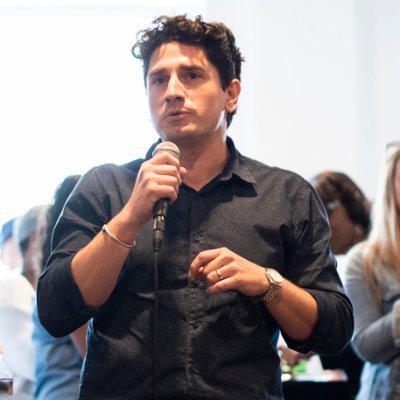
Simon Galperin

AX Mina

Mario García
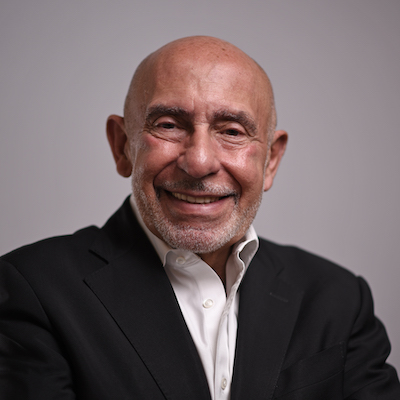
Cindy Royal

Natalia Viana
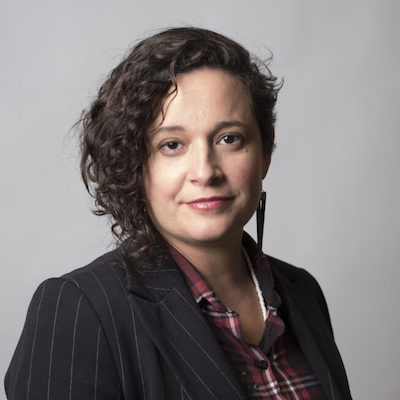
Francesco Zaffarano
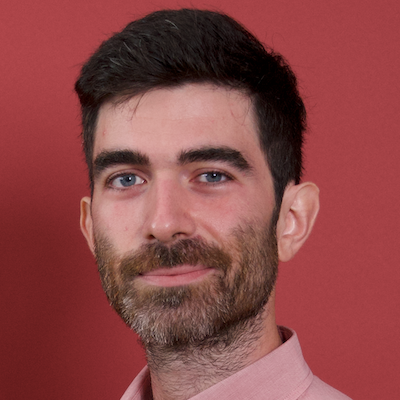
Anika Anand

Juleyka Lantigua

Jennifer Coogan
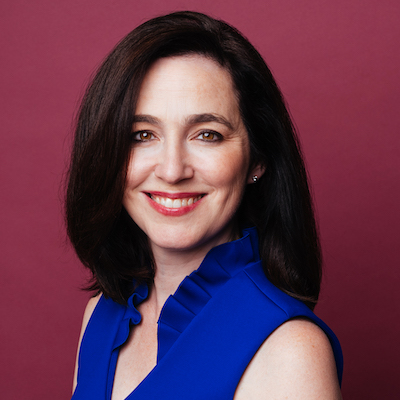
Kerri Hoffman
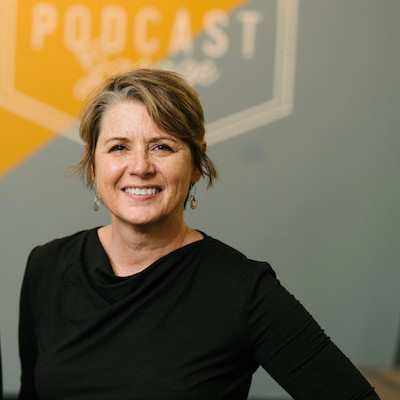
Laxmi Parthasarathy
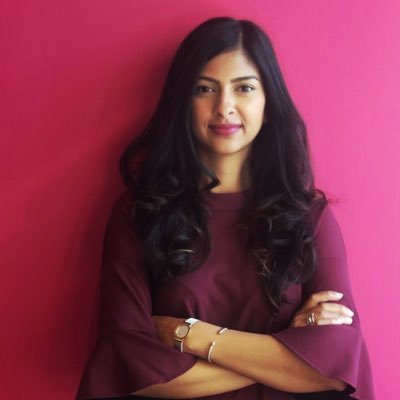
Tom Trewinnard
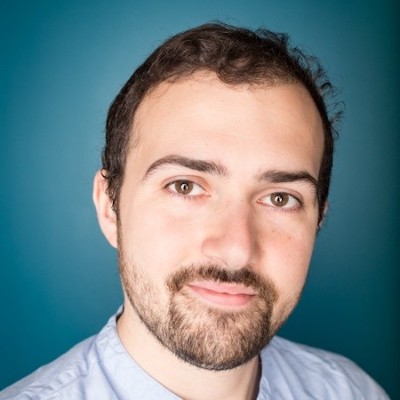
Rasmus Kleis Nielsen

Joshua P. Darr
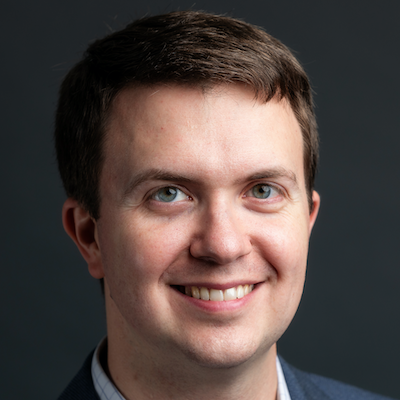
Jessica Clark

John Davidow

Christina Shih

Shannon McGregor Carolyn Schmitt

Cherian George
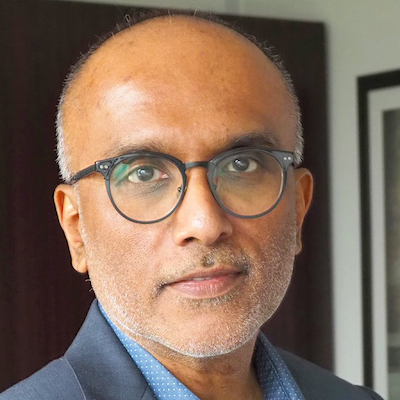
Sarah Stonbely

Jonas Kaiser

Errin Haines

Doris Truong
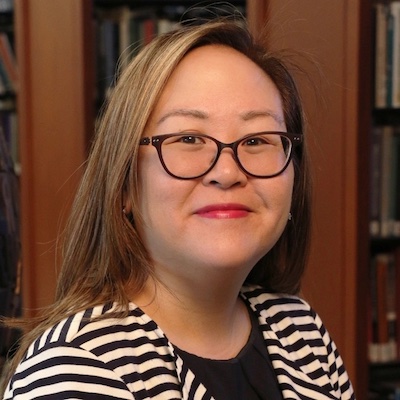
Joy Mayer

Brian Moritz

Melody Kramer

Anthony Nadler

Chicas Poderosas

Raney Aronson-Rath

Jesse Holcomb
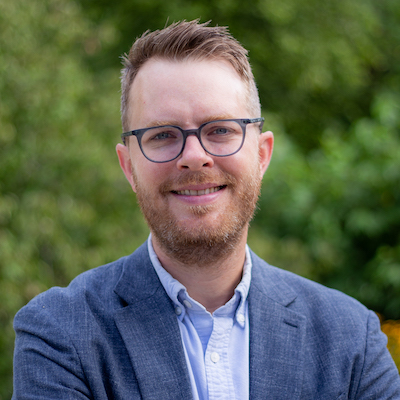
A.J. Bauer
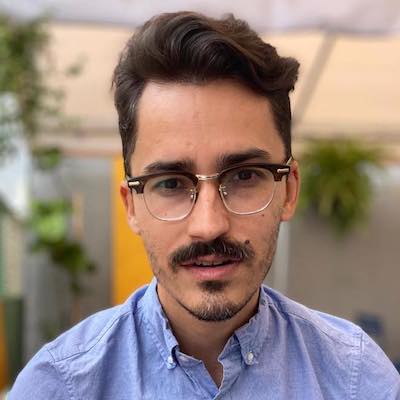
Richard Tofel

Jody Brannon

Kathleen Searles Rebekah Trumble

David Skok

j. Siguru Wahutu

Kendra Pierre-Louis

Matt Karolian
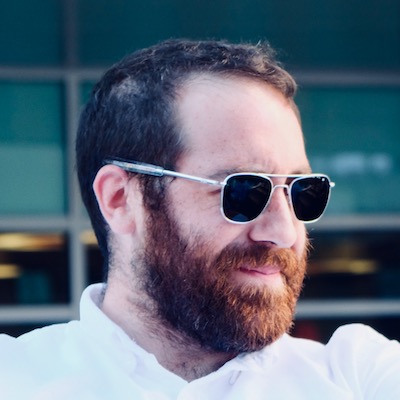
Wilson Liévano
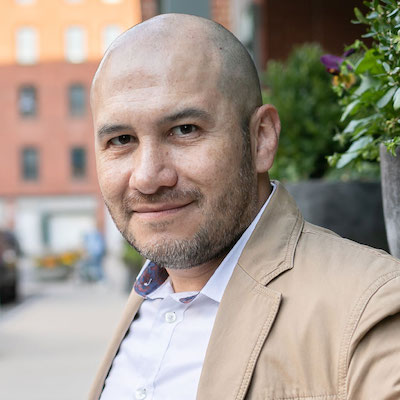
Gabe Schneider

Stefanie Murray

Candace Amos
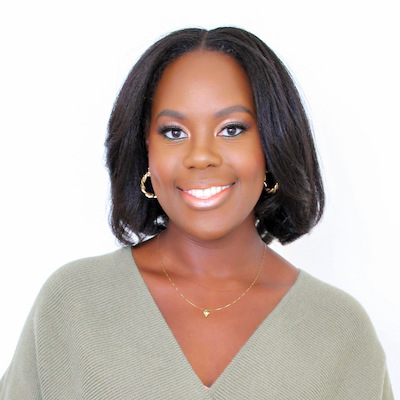
Kristen Muller
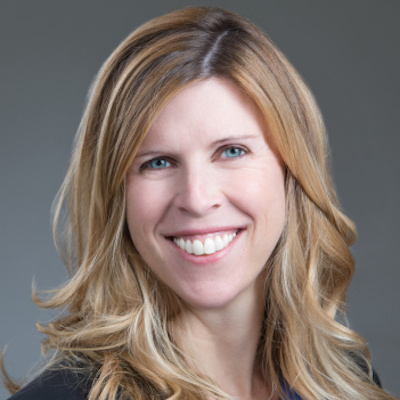
Larry Ryckman

Eric Nuzum
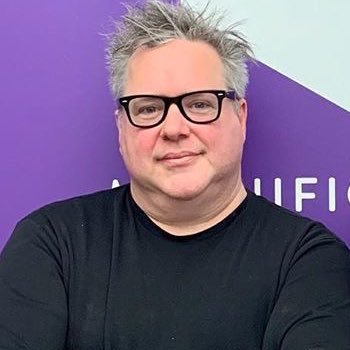
James Green

Zizi Papacharissi
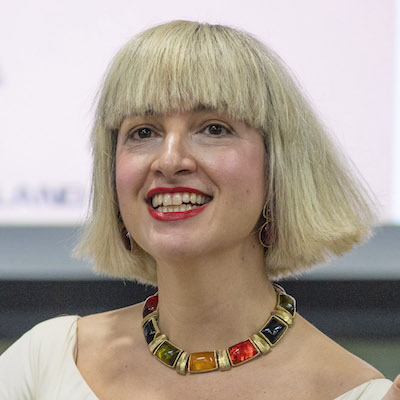
Paul Cheung
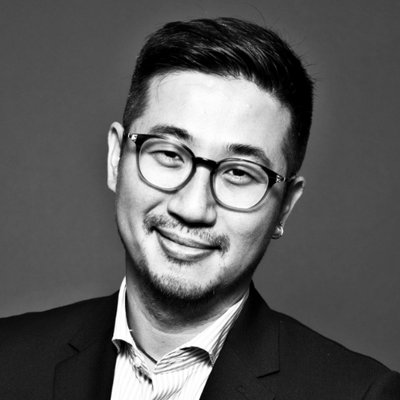
Megan McCarthy

David Cohn

Victor Pickard

Meena Thiruvengadam
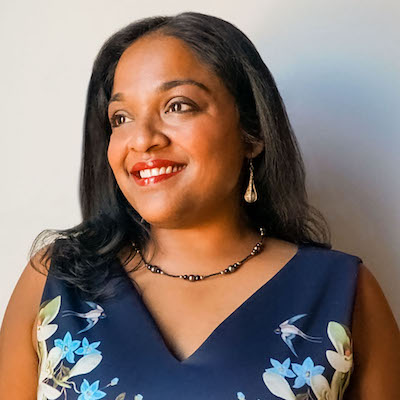
Michael W. Wagner

Anita Varma
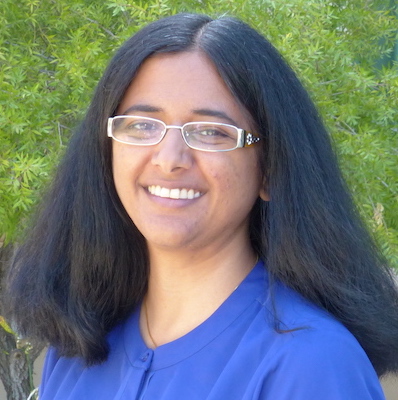
Moreno Cruz Osório

Burt Herman
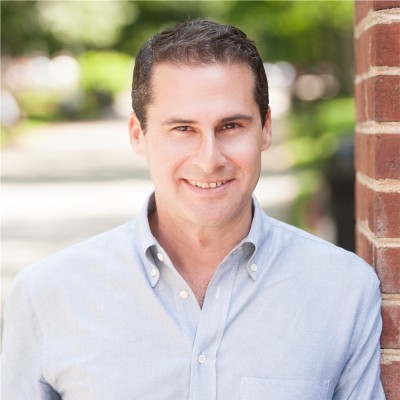
Christoph Mergerson
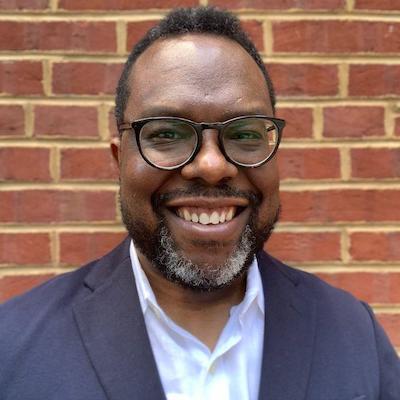
Jennifer Brandel

Gordon Crovitz

Whitney Phillips

Ariel Zirulnick
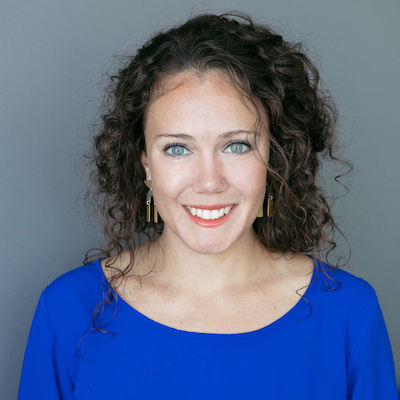
Robert Hernandez

Don Day

Julia Munslow
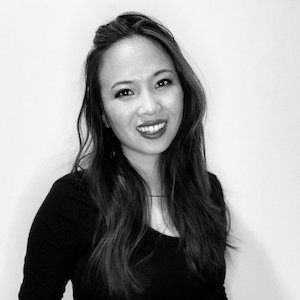
Joanne McNeil

Daniel Eilemberg
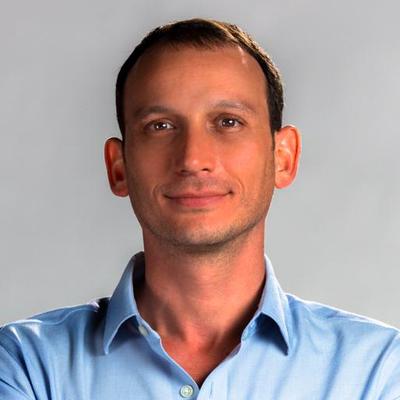
Kristen Jeffers
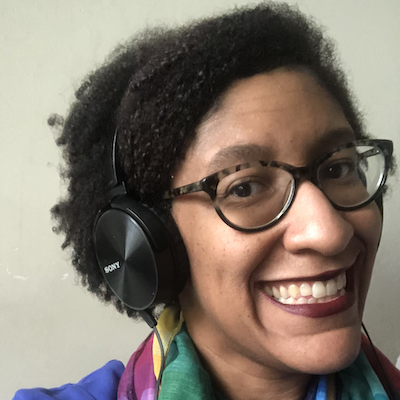
Simon Allison
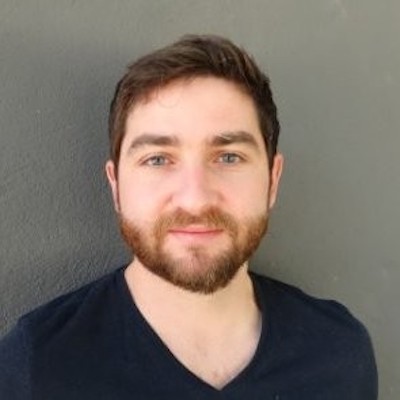
Matthew Pressman
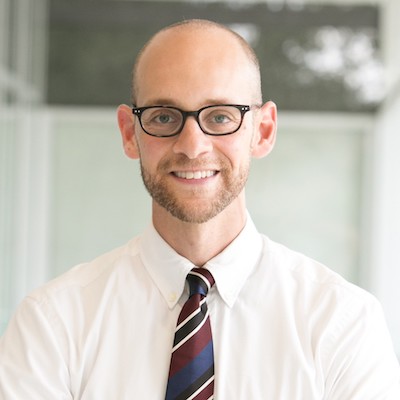
Gonzalo del Peon
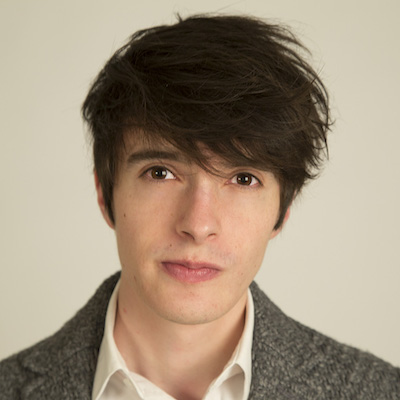
Andrew Freedman

Tony Baranowski
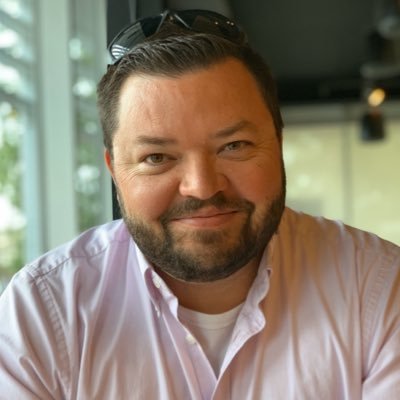
Izabella Kaminska

Catalina Albeanu

Sam Guzik
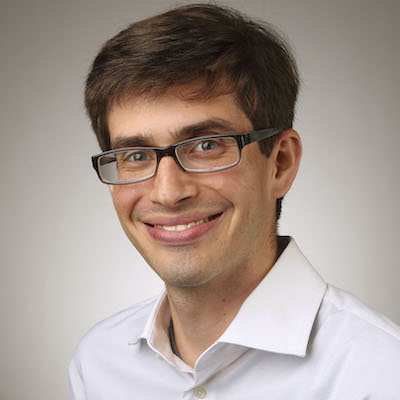
Ståle Grut

Alice Antheaume

Chase Davis

Matt DeRienzo

Julia Angwin
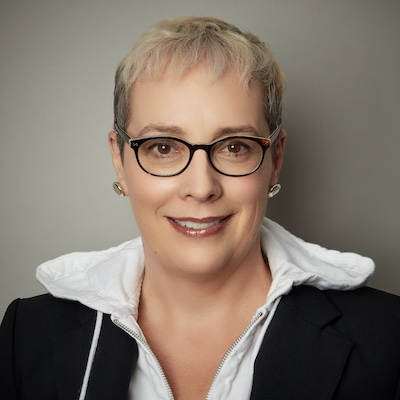
Sarah Marshall

Cristina Tardáguila
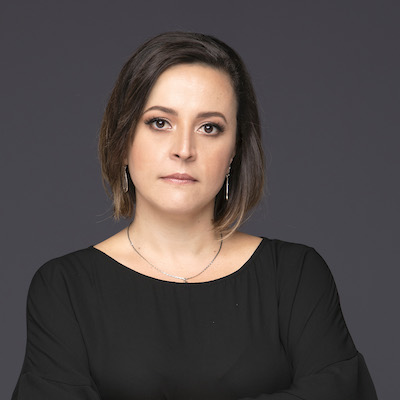
Janelle Salanga

Nikki Usher

Amara Aguilar

Joe Amditis

Tamar Charney

Amy Schmitz Weiss
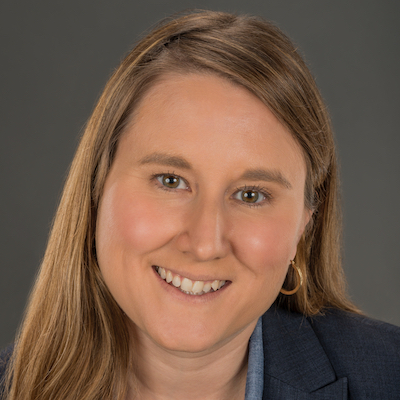
Stephen Fowler
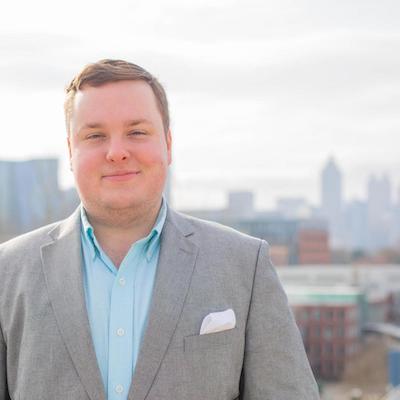
Mandy Jenkins

Jesenia De Moya Correa
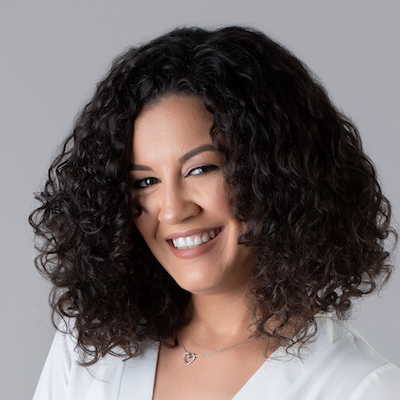
Shalabh Upadhyay
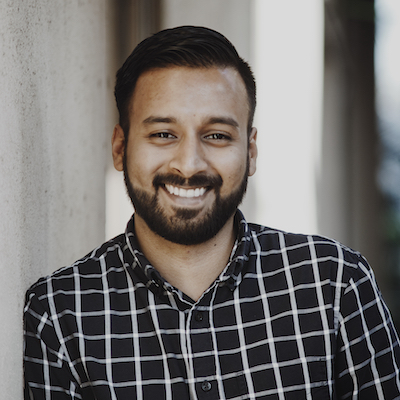
Jim Friedlich
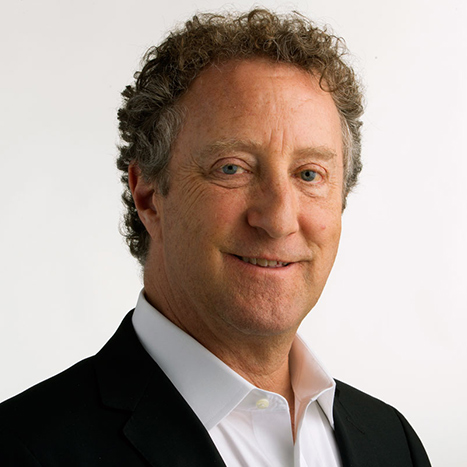
Joni Deutsch
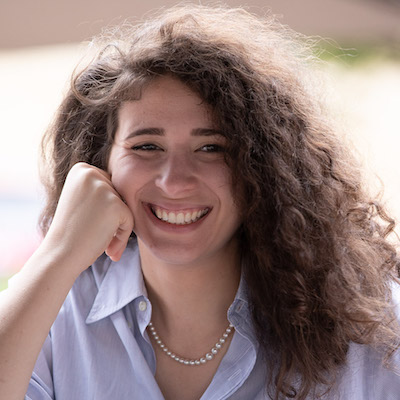
Millie Tran
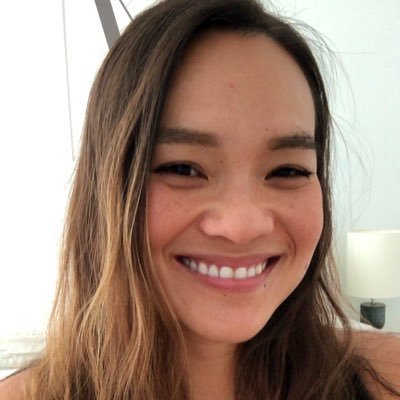
S. Mitra Kalita
